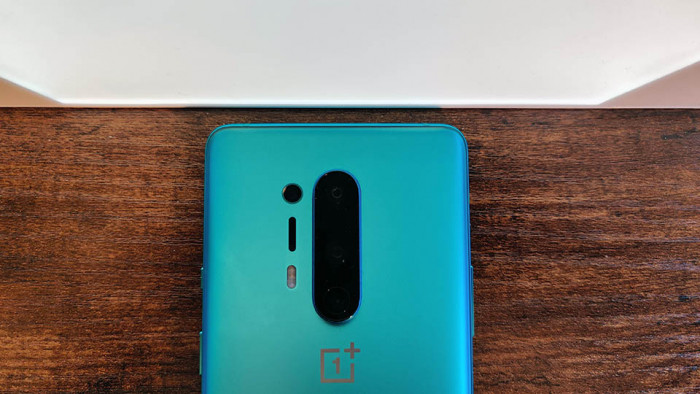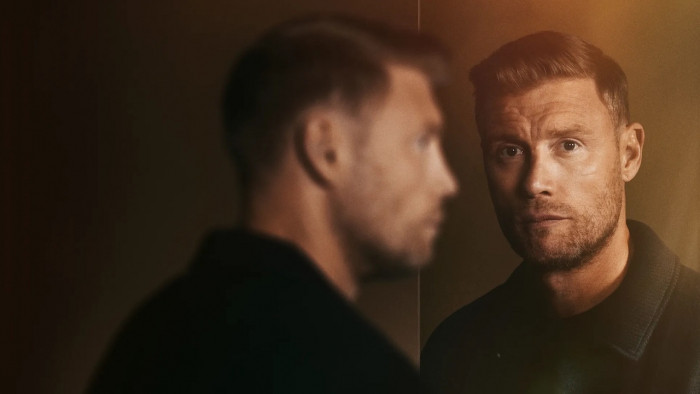Times are bright for the gaming phobophile. Or should that be 'dark'?
While the next-gen are in short supply of convincing shooters, action adventures and platformers, there's been a glut of wonderfully terrifying horror titles. The nightmares of last year's Alien: Isolation, The Evil Within and Outlast have now been joined by the likes of horror heavyweight Resident Evil: Revelations 2, with the macabre world of Bloodborne soon to welcome gamers to its terrors.
With an abundance of graphically-enhanced frights to celebrate, we've compiled a history of the grandest, grimmest horror titles to have ever kept us up at night. From survival classics to psychological nightmares, here's how the halls of video game horror were shaped.

3D Monster Maze
Released: 1982
Platform: Sinclair ZX81
The first title to inspire sweaty palms turned to an unconventional figure to inspire horror: a Tyrannosaurus rex (that chubby little chap on the cover). Built by the UK team of designer J. K. Greye and programmer Malcolm Evans, the cassette-based 3D Monster Maze saw players dropped into a randomly generated maze that contained the terrible lizard. Limited to a first-person view, as the player moved about the maze, the T. rex would beging to hunt them down. An "anxiety level" status bar would give pronouncements on how the player was doing: REX LIES IN WAIT, followed by HE IS HUNTING FOR YOU, FOOTSTEPS APPROACHING, REX HAS SEEN YOU, and RUN HE IS BESIDE YOU or RUN HE IS BEHIND YOU. Grim.

The Screamer
Released: 1985
Platform: NEC PC-88
While The Screamer's text-based exploration and flickering combat might not appear all that terrifying by modern standards, this was one of the most intense survival horror experiences gamers could find in 1985. Set in a steam punk, post apocalyptic world, Japanese-made RPG The Screamer introduced brutal difficultly elements like permanent deaths for characters (removing your character saves after they met their end), and button-thumping shooting sequences against zombies and mutants. Due to the permanence of your death, combat gained a terrifying edge of importance.

War of the Dead
Released: 1987
Platforms: MSX2, PC-88, PC Engine
Along with Italian plumbers and a renewed obsession with circles and triangles, gamers are indebted to the Japan for the creation of the horror survival genre. War of the Dead (Shiryou Sensen) saw players take the role of Lila, a paranormal investigator with the US Army, visit the small town of Chaney's Hill after losing contact with a group of marines. There follows the discovery of a portal to another dimension, all in the guise of a Zelda/Dragon Quest adventure.

Sweet Home
Released: 1989
Platform: Nintendo Famicom (NES)
An influential title in the formation of the Resident Evil series, Sweet Home is one of the few "game of the movie" tie-ins that could claim to be better its source film. A team of documentary makers visit the dilapidated home of artist Ichirō Mamiy, only to find themselves trapped in the decaying mansion by an unknown woman. In standard horror trope fashion, the team splits up to search the mansion hoping to find some of the lost artwork of Mamiy and find a way out of the house. Instead, they find the place filled with monsters. With its randomly generated foes, multiple endings, and complex puzzles, the DNA of this atmospheric RPG can still be found in modern horror outings.

Alone in the Dark
Released: 1992
Platforms: DOS, 3DO
Frustrated by having to manage your game's inventory system by weight? You've got this gem of a horror to blame. Along with its weight-based pack and ground-breaking (if blocky) 3D graphics, the original ideas and chilling soundscape helped Alone in the Dark to get under the skin of gamers like never before. Playing as either Edward Carnby or Emily Hartwood, you were tasked with making your way from the stifling attic of a haunted mansion to explore the floors below, finding new puzzles and horrors in every room. Spawning multiple sequels before being reinvented in 2001, the original Alone in the Dark by French studio Infogrames is still worthy of playing over a long weekend with the curtains drawn.

Resident Evil
Released: 1996
Platforms: PlayStation, Sega Saturn, PC
A game that needs little introduction - but we'll give it one anyway. Released as Bio Hazard in Japan, Capcom's survival horror didn't bring anything "new" to the horror genre: as our historical summary has shown, it drew on many features and scares that other games had already established, with its zombie-filled mansion and reliance on puzzles to break up weapon-based combat. What Shinji Mikami and his team managed to do was polish these familiar ideas, marrying a brilliant control system to entertaining, terrifying gameplay. Over 11 million copies of the game have been sold to date, spawning a franchise that's still giving gamers sleepless nights some 19 years on.

Silent Hill
Released: 1999
Platform: PlayStation
Resident Evil moved the horror genre forward with a hefty dose of action. Three years later, a new contender to the terror throne emerged - borrowing much from Capcom's zombie shooter. However, Silent Hill was a key title in reminding gamers that horror didn't need to be dished out with a shotgun. The psychological thrills of Silent Hill were simple: a brilliant soundtrack mixed with dark rooms and a failing flashlight. The location of Silent Hill has been revisited by vastly more sophisticated titles, but they all owe a great deal to this foggy adventure. To ensure you don't get any sleep for the next month, be sure to check out the playable teaser of Hideo Kojima's Silent Hills.

Demon's Souls
Released: 2009
Platform: PlayStation 3
Since 2009, From Software has been perfecting the art of death. Yours, mainly. Demon's Souls was itself the spiritual successor to 1994's King's Field - a brooding dungeon brawler that never made it out of Japan. Blending action role-playing with horror themes, Demon's Souls took undead foes to new heights, pitting players against monsters that would haunt their waking hours - not because of any psychological sophistication, but rather because of how hard they were to slay. If you've never set foot in the world of Demon's Souls, we urge you to seek it out - or to skip to its modern champions, Dark Souls and the newly released (and superb) Bloodborne.

Amnesia: The Dark Descent
Released: 2010
Platforms: PC
Dank castle setting? Check. Ravenous monsters? Heaps. Challenging puzzles? You bet. When Amnesia cropped up online in 2010, it didn't sound any different to the countless horror offerings that had gone before it. But such was the tension of this haunted indie title that it soon attracted the attention of games press and wider publishing deals. Playing the forgetful Daniel, the story was set in a dank surrounds of the Prussian Brennenburg Castle. Awaking with a note instructing him to descend into the foreboding, monster-filled Inner Sanctum to kill the castle's Barron, Daniel begins a puzzle-filled nightmare, piecing together a story through scraps of paper and notes he finds around the castle. There are few more terrifying video game experiences to be had than that of running away from Amnesia's creatures.

Slender
Released: 2012
Platform: PC
Horror games don't need to be complicated. Slender wasn't graphically impressive, nor did it require a long backstory to entice gamers into playing long into the morning. The creation of Mark J. Hadley, Slender saw players awake in an empty forest armed with a torch and little context. As soon as you begin your search for notes in an attempt to piece together what's going on, the faceless, suited Slenderman will start hunting you. There have been several sequels, ports and remakes - all of them bound to make you throw your computer out of the nearest window.
Latest
Related Reviews and Shortlists


The best whisky taste tested









